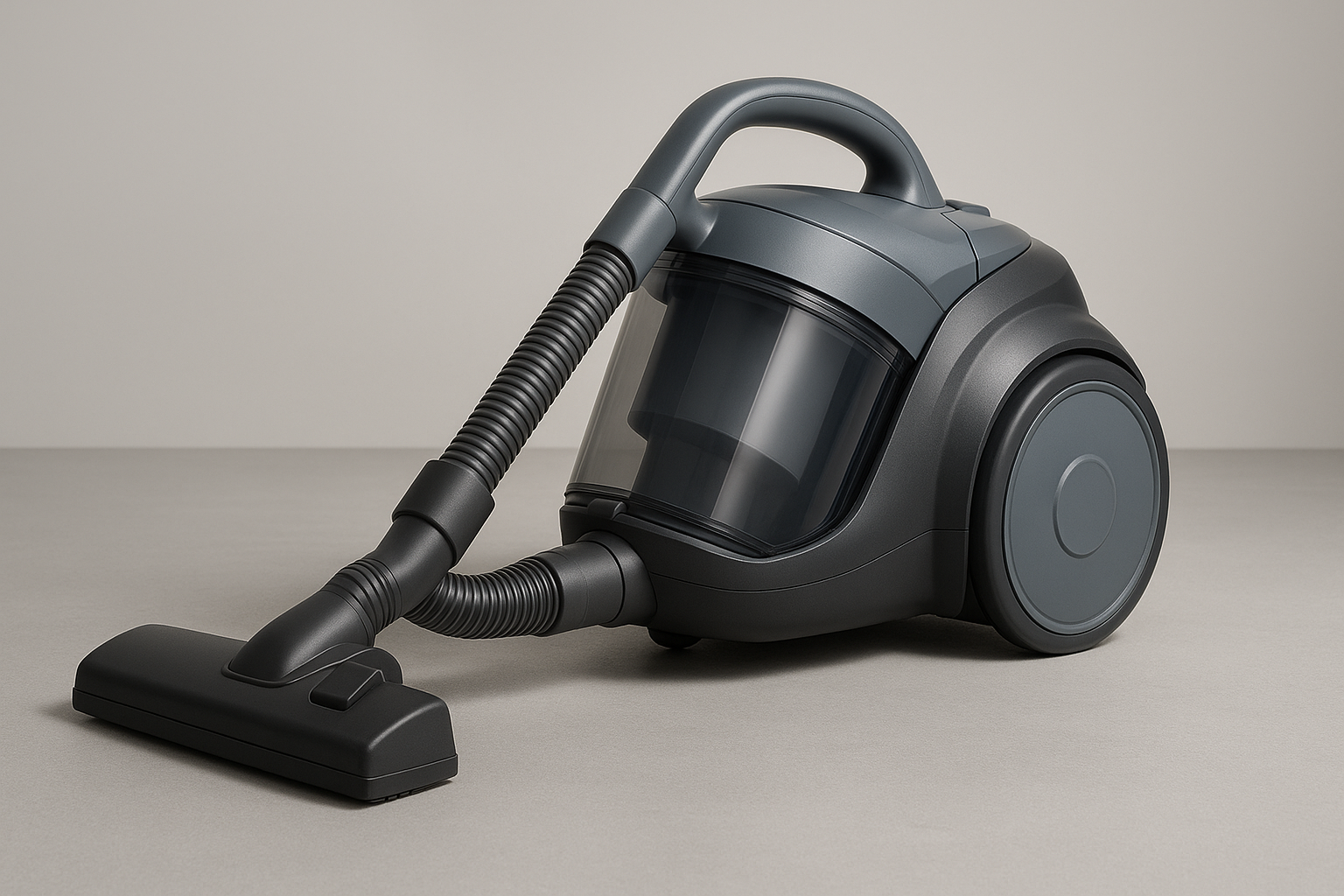In today's increasingly competitive appliance market, vacuum cleaner manufacturers are looking beyond traditional strategies to remain cost-efficient without compromising quality. One emerging tactic is cross-industry materials innovation—borrowing lightweight, durable, or cost-saving materials from sectors like aerospace, automotive, or medical technology. These materials, once considered too niche or expensive, are now being adapted for scalable use in home and commercial cleaning devices.
A prime example comes from thermoplastics developed for automotive interiors. These polymers offer outstanding tensile strength while being lightweight and cost-effective, helping vacuum cleaner manufacturers reduce the use of costly metal components without diminishing structural integrity. Meanwhile, medical-grade silicone previously used in surgical equipment is being adapted for flexible hoses and attachments, offering durability and allergen resistance. Innovation leaders like Dyson's R&D exemplify how borrowing from multiple industries leads to competitive designs.
As more companies embrace this strategy, suppliers and distributors must understand how these innovations affect pricing, product lifespan, and even sustainability credentials. For example, reusable HEPA filters made from advanced composite fibers can last significantly longer than traditional ones, minimizing operational costs for B2B buyers. Organizations such as UL Solutions, a global safety certification company, offer testing and labeling services that add trust and visibility in supply chains.
Moreover, tapping into materials used in Li-ion Cordless Handheld Vacuum Cleaner designs can improve energy efficiency and reduce battery waste—crucial benefits for commercial buyers aiming for green compliance. The synergy between Wet Dry Vacuum Cleaners and cross-industry battery innovations also opens new possibilities for 4 in 1 Cordless Smart Wet & Dry Vacuum Cleaner models with extended runtime and faster charging.
The trend also connects with the rise of cordless handheld vacuums, as many materials borrowed from wearables and smartphones now find application in ergonomic handles and user interfaces. BASF's material science division has demonstrated how cross-industry collaborations make these innovations possible. The future of product cost control lies not just in manufacturing scale but in intelligent design rooted in material science.
This is precisely why a new generation of products—high-suction yet lightweight and portable units, engineered to be ultra-quiet, self-cleaning, multi-functional, and remarkably durable, while also delivering fast charging, energy-saving performance and powerful, large-capacity wet and dry cleaning capabilities—is redefining what global buyers expect from a modern vacuum cleaner.
From smart plastics to antimicrobial finishes, leveraging cross-industry material trends will determine the future competitiveness of vacuum cleaner products in global B2B markets. And for buyers who prioritize durability, cost-efficiency, and user experience—it’s a game-changer.
For further insights on material advancements and market shifts in home appliances, visit www.lxvacuum.com

















